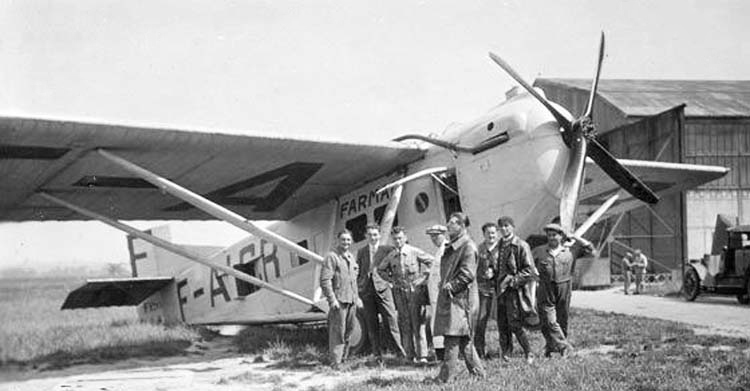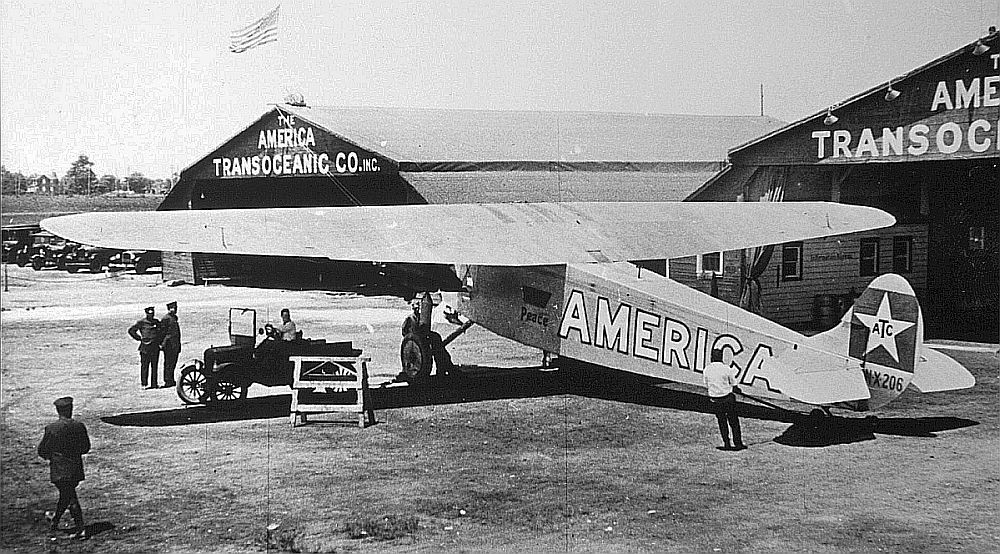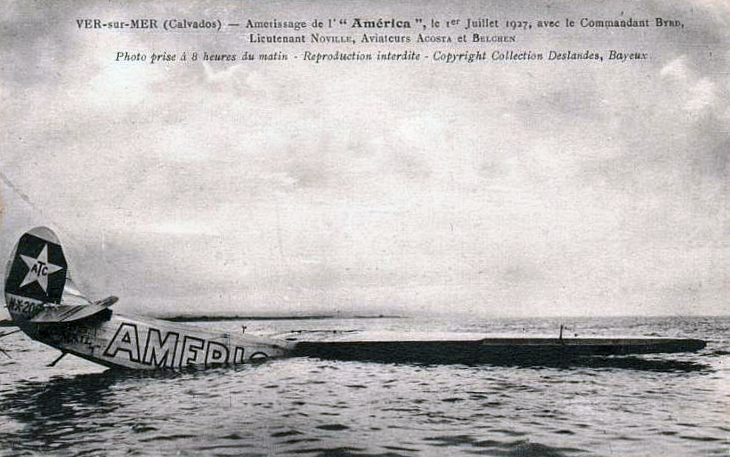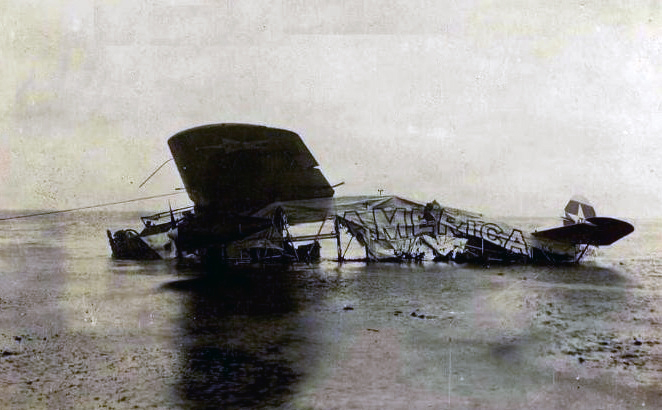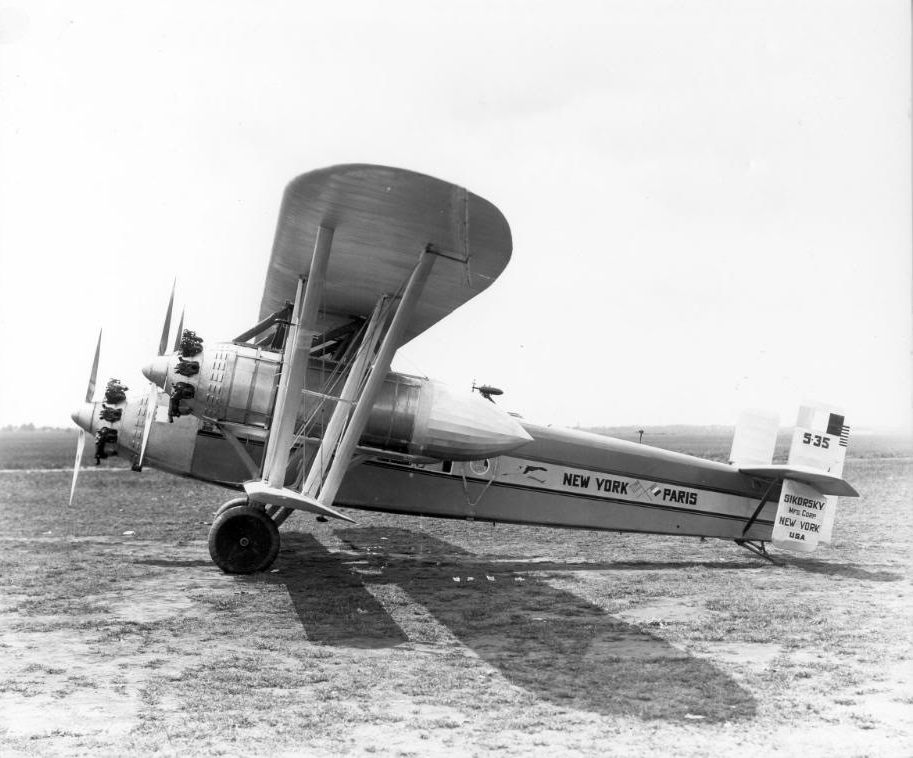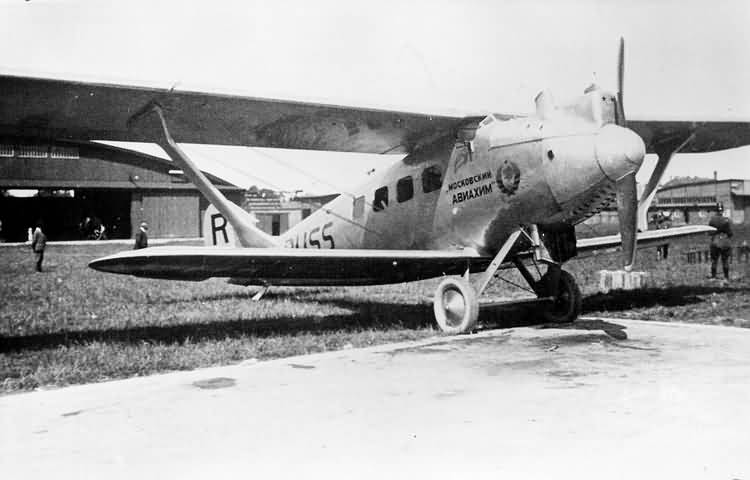Crash of a Farman F.170 Jabiru in Strasbourg: 1 killed
Date & Time:
Nov 8, 1927 at 1340 LT
Registration:
F-AIBR
Survivors:
Yes
Schedule:
Strasbourg - Paris
MSN:
1
YOM:
1926
Crew on board:
2
Crew fatalities:
Pax on board:
2
Pax fatalities:
Other fatalities:
Total fatalities:
1
Circumstances:
The single engine airplane departed Strasbourg-Entzheim Airport on a flight to Paris-Le Bourget, carrying two passengers and two pilots. Following a long takeoff roll, the pilot realized the presence of power cables at the end of the runway. As he was unable to gain sufficient height, he decided to pass below the cables when the wheels struck the ground. The aircraft went of control and crashed, coming to rest upside down. A passenger (Mr. Lucien Delorme) and the mechanic were injured while the second passenger escaped unhurt. The pilot Paul-André Chicoineau was killed.
